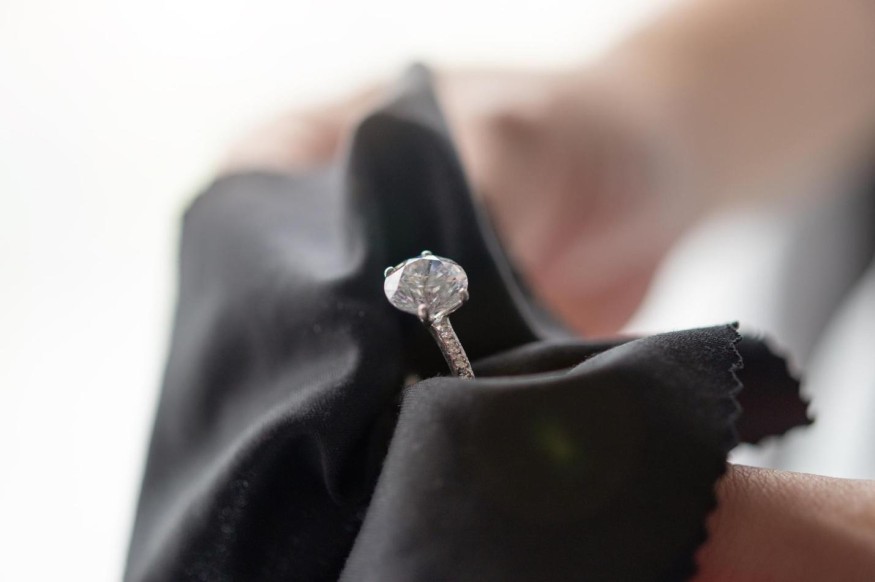
Diamonds have been long associated with love and symbolically used to represent the beginnings of a new chapter within a relationship for many years. Even though people used diamonds as early as 500 BC, they gained more traction once diamond-cutting techniques were developed. Diamonds became a symbol of love and commitment between two people and remain a classic choice for most couples today.
As new information becomes available regarding the environmental impact of earth-mined diamonds, couples are opting for lab-grown diamonds. Mining earth diamonds often comes at a high environmental cost, with significant carbon emissions, habitat destruction, and social conflicts. In recent years, lab diamonds have emerged as an eco-friendly alternative, offering dazzling beauty and a host of environmental benefits. Consider the following benefits of lab grown diamonds if you plan to use one in your engagement ring.
Reduced Carbon Footprint
One of the most significant environmental benefits of lab grown diamonds is their significantly lower carbon footprint than mined diamonds. Mining earth diamonds involves heavy machinery, energy-intensive extraction methods, and long-distance transportation which contributes to greenhouse gas emissions. In contrast, lab grown diamonds require considerably less energy and significantly lower carbon footprint.
Although lab grown diamonds are a popular choice today, there are many misconceptions about the gemstone, raising one common question: are lab grown diamonds real or fake? It's important to note that lab diamonds are real diamonds, and the only difference between lab and mined diamonds is their origin. Both diamonds possess similar characteristics, making them visually, molecularly, and chemically identical. You can speak to a reputable designer who creates lab diamond engagement rings to clarify any confusion and ensure you're happy with your decision.
Water Conservation
Diamond mining is a water-intensive process that often requires large volumes of water for extraction, processing, and washing purposes. This can strain local water supplies, especially in regions where water scarcity is already an issue.
Lab grown diamonds, however, are produced in laboratories, where water usage is significantly reduced and controlled. Individuals can help conserve water resources by choosing lab-grown diamonds, particularly in areas prone to drought or water stress. According to The Environmental Magazine, it takes 126 gallons of water for every carat of diamond when a diamond is mined. Whereas lab grown diamonds only need 18 gallons of water for the same carat.
Minimized Land & Habitat Disruption
Traditional diamond mining often involves the excavation of large amounts of land, which can result in deforestation, soil erosion, and the displacement of wildlife. This destructive practice can leave scars on the earth's surface that take years to heal, impacting ecosystems and biodiversity. In contrast, lab grown diamonds are created in controlled environments, eliminating the need for extensive land disruption. Consumers can contribute to preserving natural habitats and ecosystems by opting for lab-grown diamonds.
Waste Reduction
Diamond mining operations generate substantial amounts of waste, including rock, soil, and other materials that must be moved and disposed of during extraction. This waste can have a detrimental impact on surrounding ecosystems and can even lead to soil and water pollution.
Lab grown diamonds produce far less waste, as the controlled production process of lab-grown diamonds allows for efficient use of resources and minimizes the generation of harmful waste materials, making them an environmentally responsible choice.
© 2025 NatureWorldNews.com All rights reserved. Do not reproduce without permission.





